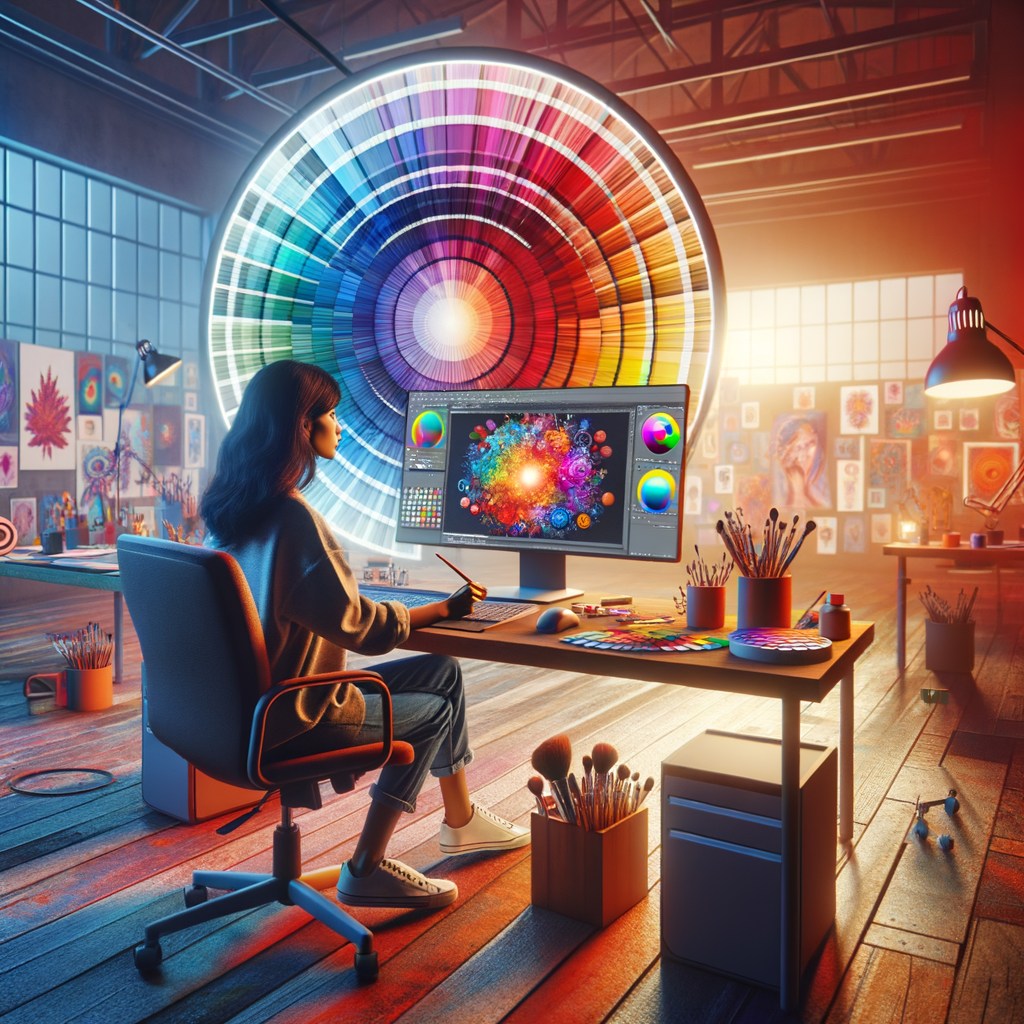
Color is the cornerstone of visual art, particularly in the realm of digital painting. Understanding color theory not only enhances your artistic creations but also allows you to communicate emotions and ideas effectively through your work. In this article, we'll explore the essential aspects of color theory and how it applies to digital art—equipping you with techniques and knowledge to elevate your artistry. Whether you're a beginner trying to find your palette or a professional looking to refine your skills, this guide will serve as a valuable resource for your artistic journey.
Color theory is a complex yet fascinating subject that blends science, psychology, and art. It provides artists with the fundamental tools to create stunning visuals that resonate with viewers. Understanding how colors interact, how to mix them, and how to compose them in your artwork is crucial for achieving the desired mood and effect.
In this comprehensive guide, we will delve into various aspects of color theory, including:
- The Color Wheel: Understanding primary, secondary, and tertiary colors.
- Color Harmony: Creating visually appealing color combinations.
- Color Context: How the surrounding colors affect the perception of a color.
- Color Psychology: The emotions and meanings associated with different colors.
- Color Mixing: Techniques for blending colors effectively.
- Choosing a Color Palette: How to select palettes that enhance your artwork.
- Color in Digital Art: Practical applications and tips for digital artists.
The Color Wheel
The color wheel is a fundamental tool for artists, consisting of 12 distinct colors grouped into primary, secondary, and tertiary categories. The primary colors—red, blue, and yellow—are the building blocks of all other colors. When mixed together, primary colors create secondary colors (green, orange, and purple), while tertiary colors are made by mixing a primary color with a secondary color (e.g., red-orange).
Color Harmony
Color harmony is essential for creating a balanced and aesthetically pleasing composition. There are various color harmonies you can use:
- Complementary Colors: Opposite colors on the color wheel that create contrast. For example, red and green.
- Analogous Colors: Colors that are next to each other on the wheel, providing a serene and comfortable look. For example, blue, blue-green, and green.
- Triadic Colors: Three colors evenly spaced around the wheel, like red, yellow, and blue.
- Tetradic Colors: Two complementary color pairs, offering a rich and vibrant color palette.
Color Context
The way colors interact with each other can dramatically change how a viewer perceives them. A color can appear different depending on the surrounding colors, which is known as color context. Experimenting with color context can help you understand how to use it effectively to convey your message or mood.
Color Psychology
Colors have emotional and psychological implications. For example:
- Red: Passion, energy, urgency.
- Blue: Calmness, trust, professionalism.
- Yellow: Happiness, optimism, creativity.
Understanding color psychology allows you to choose colors that evoke the desired emotional response in your audience.
Color Mixing Techniques
Mixing colors effectively is vital for achieving the desired results in your artwork. Here are some techniques:
- Additive Mixing: Used mainly in digital art, this involves blending light colors together. The more colors you mix, the lighter the result.
- Subtractive Mixing: Used in traditional painting, where pigments are mixed to absorb light. This typically results in a darker outcome as more colors are combined.
Digital artists should take advantage of software tools for blending colors seamlessly and experimenting with various combinations.
Choosing a Color Palette
Selecting the right color palette is crucial in establishing the mood and style of your piece. Here are some tips for choosing a successful palette:
- Limit Your Colors: Start with a small number of colors to avoid overwhelming the viewer.
- Use Color Harmonies: Utilize color harmonies to create a balanced palette that complements your design.
- Experiment and Adjust: Don't be afraid to try different combinations and adjust as necessary during the creative process.
Color in Digital Art
In the digital realm, artists can leverage various tools to enhance their color application:
- Color Pickers: Software tools that allow artists to select and modify colors easily.
- Layering Techniques: Using layers in programs like Photoshop, artists can build colors gradually, allowing for greater control over the final appearance.
- Brush Settings: Different brushes can affect how color appears on the canvas, so experimenting with brush settings can yield unexpected and dynamic results.
Conclusion
Mastering color theory is an essential skill for any digital artist. By understanding how colors work, how to mix them effectively, and how to choose a harmonious palette, you can significantly enhance your artwork. Remember to keep experimenting and applying these principles in your creative journey, and soon you'll find yourself creating artworks that resonate deeply with your audience.

